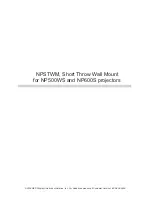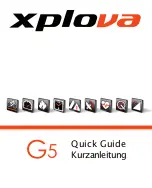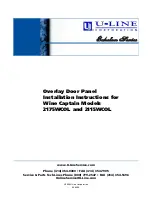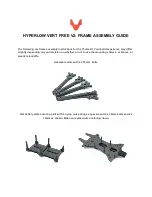
©Eastman Kodak Company, 2013
February 2013
•
H-1-2366
TECHNICAL DATA /
BLACK-AND-WHITE INTERMEDIATE FILM
EASTMAN Fine Grain Duplicating
Positive Film 2366 / 3366
EASTMAN Fine Grain Duplicating Positive Film 2366
(35mm) and 3366 (16mm)is a low-speed duplicating film
intended for making master positives from
black-and-white camera negatives which, when printed
onto EASTMAN Fine Grain Duplicating Panchromatic
Negative Film 5234 and 7234, produces duplicate
negatives that are only distinguishable from the originals
by skilled observers. This blue-sensitive black-and-white
film has very high resolution and incorporates a yellow dye,
which is removed during processing, to provide very high
acutance.
BASE
2366 and 3366 Films have a clear ESTAR safety base. The
back side of the base contains an anti-static layer with a
carnauba wax lubricant.
DARKROOM RECOMMENDATIONS
Handle unprocessed film in total darkness. If necessary,
you can examine the film for
less than one minute
, using the
following safelight combination: a 15-watt bulb and
KODAK OC Safelight Filter (greenish-yellow), no closer
than 1.2 metres (4 feet) to the film.
STORAGE
Store unexposed film at 55°F (13°C) or lower. For extended
storage, store it at 0°F (-18°C) or below. Process exposed
film promptly. Store processed film at 70°F (21°C) or lower
at a relative humidity of 40 to 50 percent for normal
commercial storage; for long-term storage, store it at 35 to
50°F (2 to 10°C) at 15 to 30% relative humidity. For more
information on long-term storage, see KODAK
Publications No. H-845,
The Essential Reference Guide for
Filmmakers
.
EXPOSURE
For laboratories with subtractive printers, such as a Bell &
Howell Model D Printer, these recommendations should be
helpful as a starting point. Use a 500-watt tungsten lamp
operating with a diffuser at a lamp setting of 75 volts. With
a printer speed of 90 feet per minute and a diaphragm
setting of 15, satisfactory master positives should be
produced from original negatives of average density. (The
maximum density of the negative image should produce a
density of about 0.6 to 0.8 in the master positive, i.e., just
above the lower end of the straight-line portion of the
characteristic curve.)
Recommended Control Gamma
2/3366 Film should be developed to a recommended
control gamma of 1.20 to 1.60 (Status M Densitometry
with a blue filter).
IDENTIFICATION
After processing, the product code number 2/3366,
emulsion and roll number identification, and internal
product symbol (D) are visible along the length of the film.






















